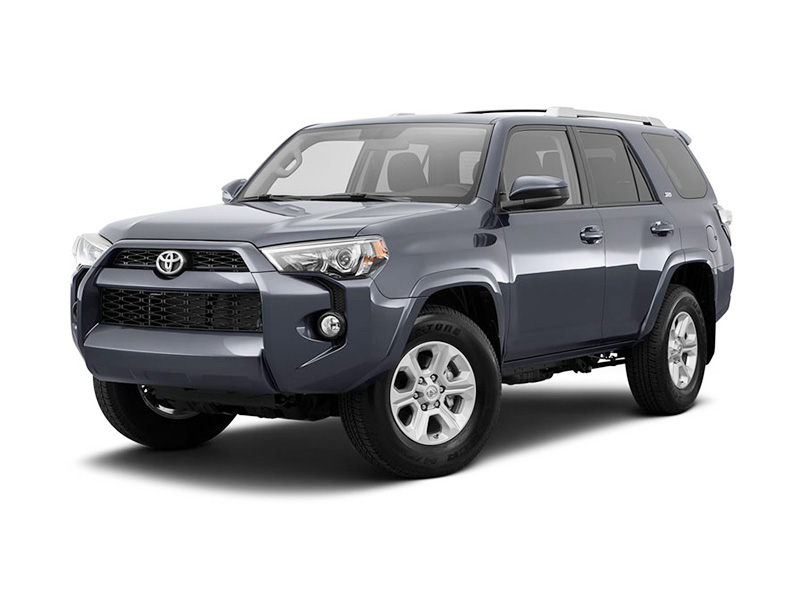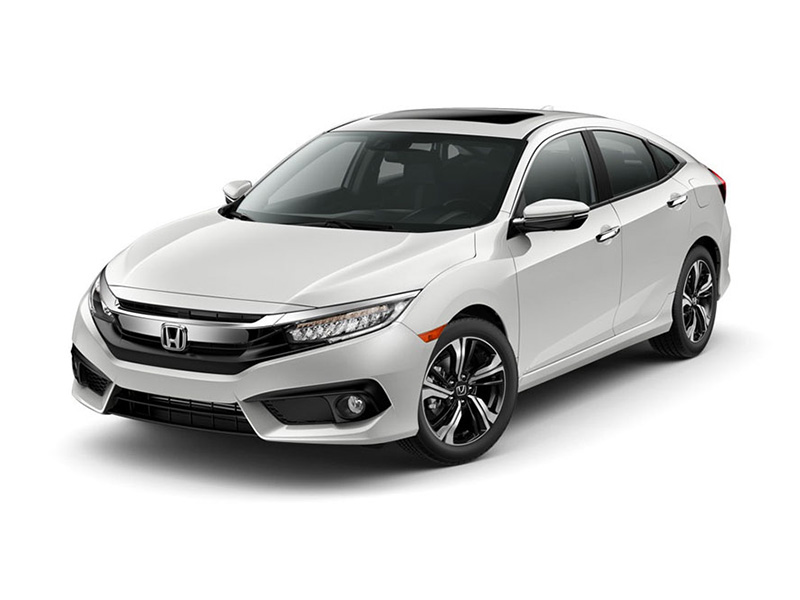Notably, for the most parts, Canadian traffic signs employ two languages-- English, French or both, and some incorporate indigenous language such as “Cree”. There are basically 4 types of Canadian traffic signs: regulatory, warning, information and direction.
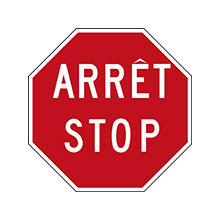 Stop Sign (French and English) Stop Sign (French and English) | 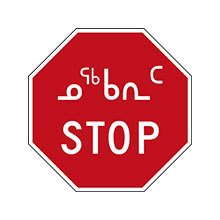 Stop Sign (Inuktitut and English) Stop Sign (Inuktitut and English) |  Stop sign (Cree) Stop sign (Cree) |
Canada has not joined in the Vienna Convention on Road Signs and Signals, explaining why the road traffic system looks different to what we usually see in Europe or other countries.
Its regulatory signs mostly feature a circular shape, with some exceptions.
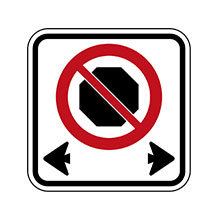 No Stopping No Stopping | 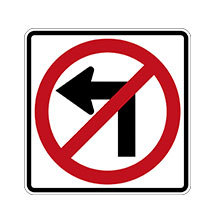 No Left Turn No Left Turn | 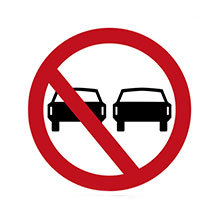 No Overtaking No Overtaking | 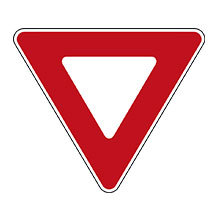 Yield Yield |
You will not see a common maximum speed sign in Canada, contrarily to some other countries. The maximal speed sign is usually rectangular, with a black writing on a white background.
 Maximum Speed Limit Maximum Speed Limit |
Most Canadian warning signs are diamond-shaped with black lettering or symbols on a yellow background.
 Stop Ahead Stop Ahead | 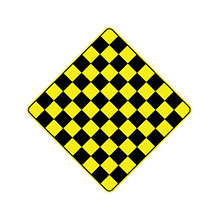 Dead End Dead End | 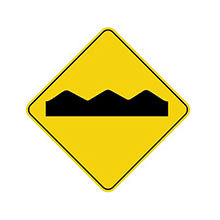 Bump or Uneven pavement on the Road Ahead Bump or Uneven pavement on the Road Ahead | 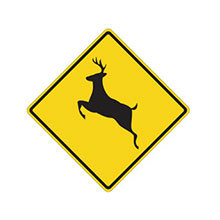 Be Alert for Animals Be Alert for Animals |  Railway Crossing Ahead Railway Crossing Ahead |
In Canada, information signs show where you are, what road you are driving on or how to reach certain places. These signs normally feature a rectangular shape with green or blue background.
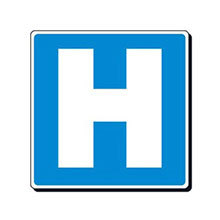 Hospital Nearby Hospital Nearby | 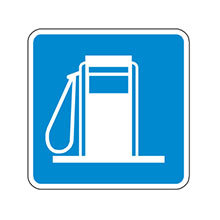 Gas Available Ahead Gas Available Ahead | 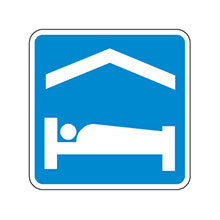 Accommodation Ahead Accommodation Ahead |
As for directional signs, they are usually rectangular with a green background, and inform drivers about the direction or distance in kilometres to neighboring towns and cities.
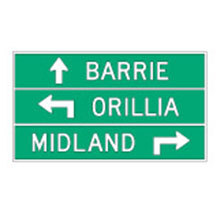 Directions to Nearby Towns and Cities Directions to Nearby Towns and Cities | 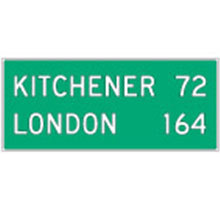 Distances in Kilometres to Towns and Cities on the Road Distances in Kilometres to Towns and Cities on the Road |
You may refer to this complete manual of standard Canada traffics signs and pavement markings for a better knowledge.

 Speed Limit
Speed Limit Traffic Signs
Traffic Signs Stop Sign (French and English)
Stop Sign (French and English) Stop Sign (Inuktitut and English)
Stop Sign (Inuktitut and English) Stop sign (Cree)
Stop sign (Cree) No Stopping
No Stopping No Left Turn
No Left Turn No Overtaking
No Overtaking Yield
Yield Maximum Speed Limit
Maximum Speed Limit Stop Ahead
Stop Ahead Dead End
Dead End Bump or Uneven pavement on the Road Ahead
Bump or Uneven pavement on the Road Ahead Be Alert for Animals
Be Alert for Animals Railway Crossing Ahead
Railway Crossing Ahead Hospital Nearby
Hospital Nearby Gas Available Ahead
Gas Available Ahead Accommodation Ahead
Accommodation Ahead Directions to Nearby Towns and Cities
Directions to Nearby Towns and Cities Distances in Kilometres to Towns and Cities on the Road
Distances in Kilometres to Towns and Cities on the Road Seatbelt Laws
Seatbelt Laws Booster Seat Laws
Booster Seat Laws Parking
Parking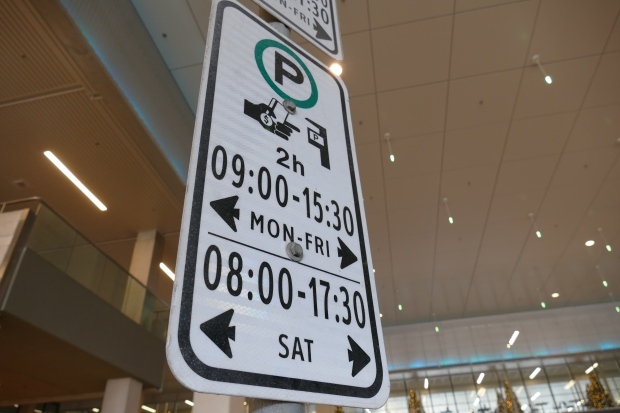
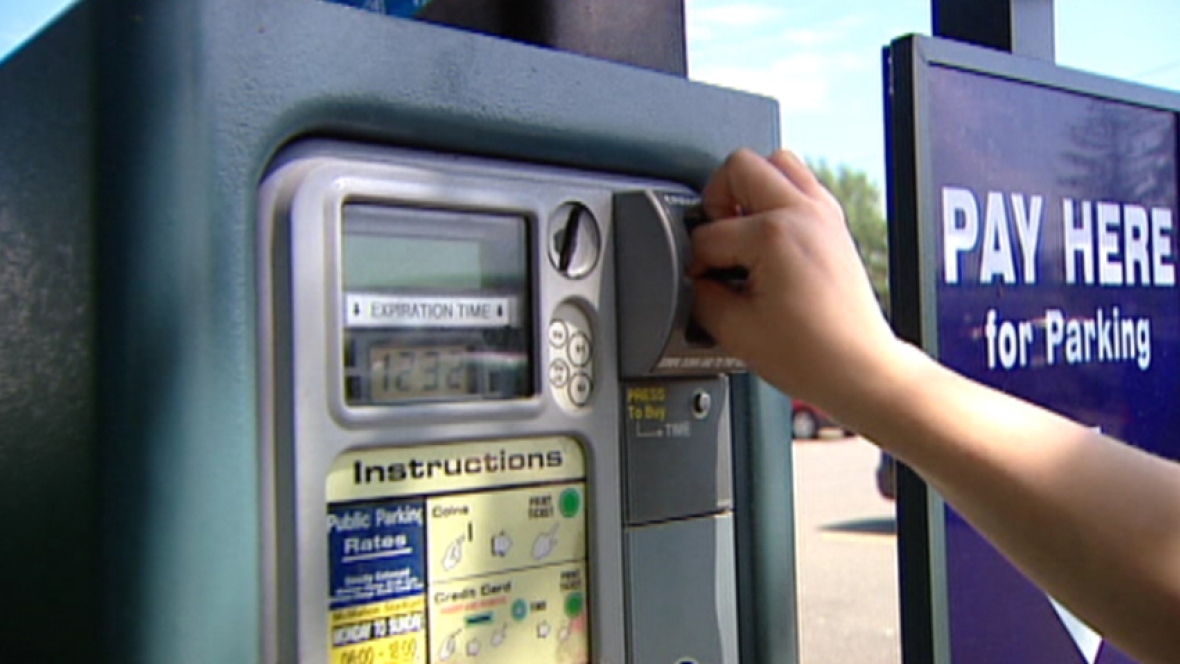
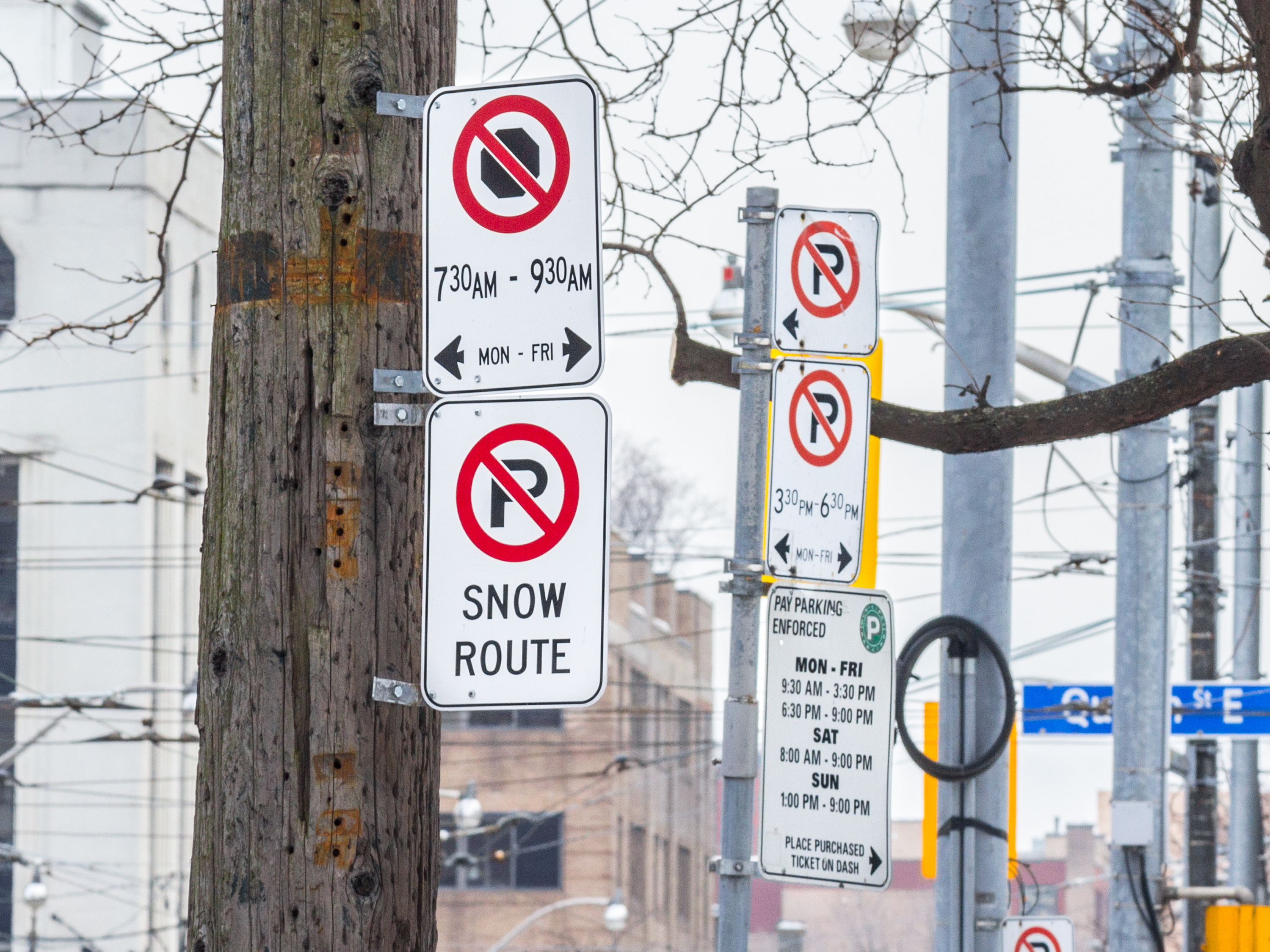
 Fuel Prices
Fuel Prices Toll
Toll
 DUI Laws
DUI Laws Traffic Fines
Traffic Fines

